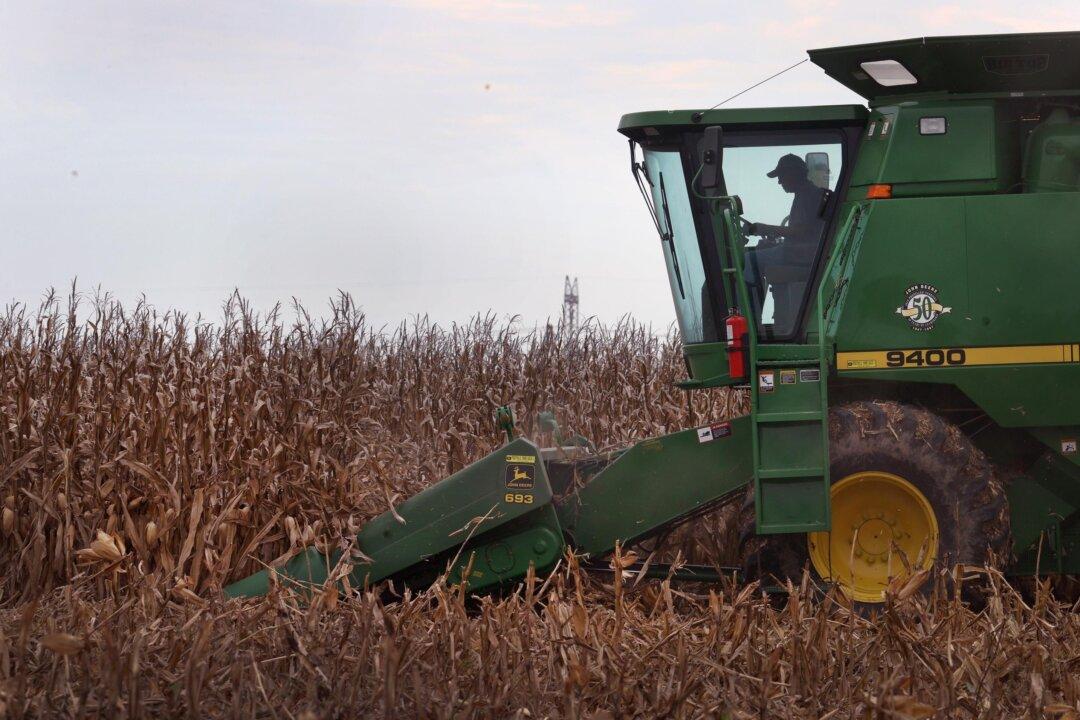Americans need to reach deeper into their wallets at the grocery checkout, but there’s no indication the shelves will be barren, according to farmer survey data that tracks production.
Food prices were up more than 10 percent year-over-year in June, with flour jumping almost 20 percent. Farmers have been hit with a conflation of adversities, including doubling prices of diesel and fertilizers as well as herbicide shortages. This prompted concerns over a possible food crisis, especially if farmers were to get a bad crop this year.





